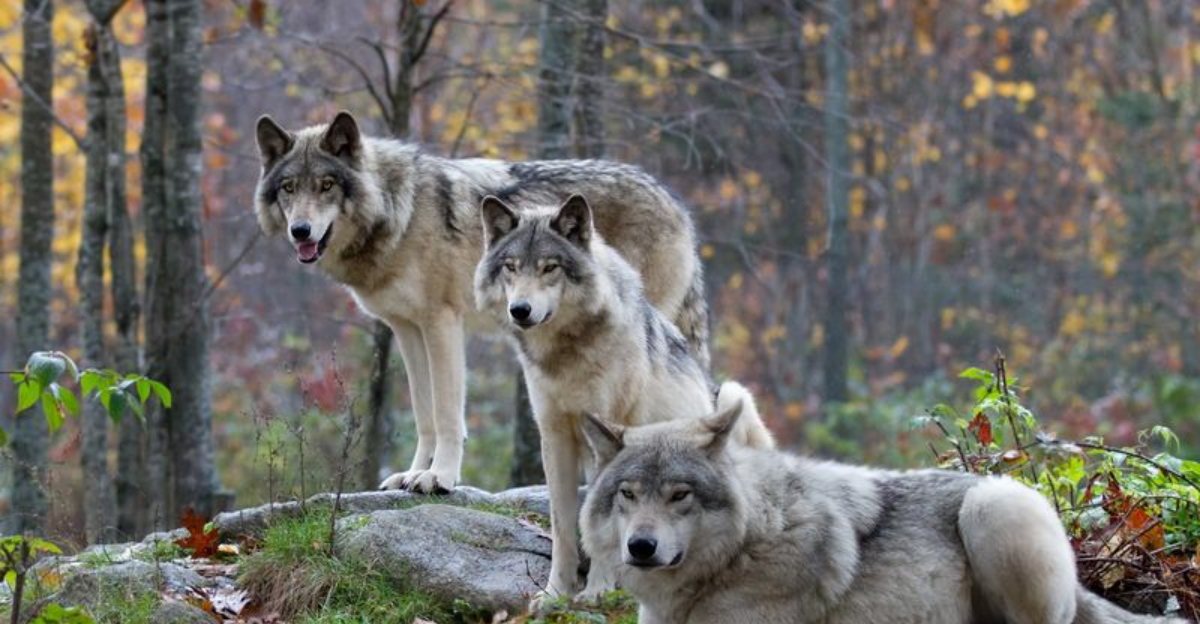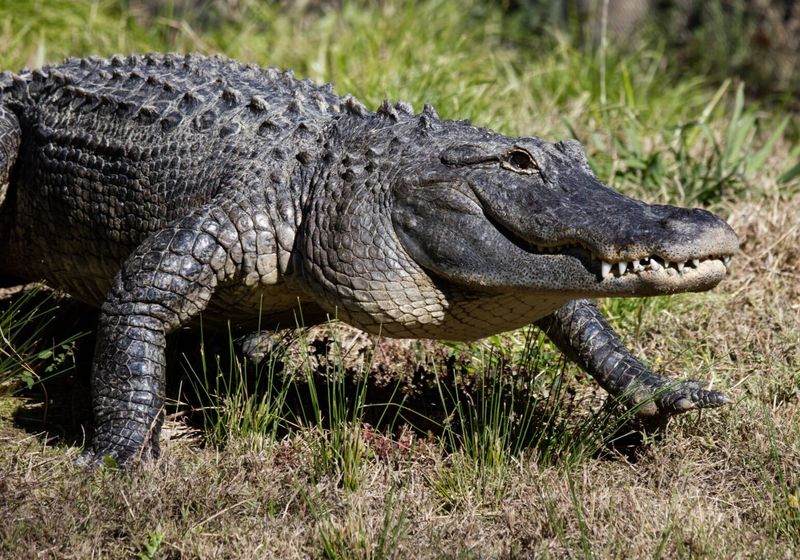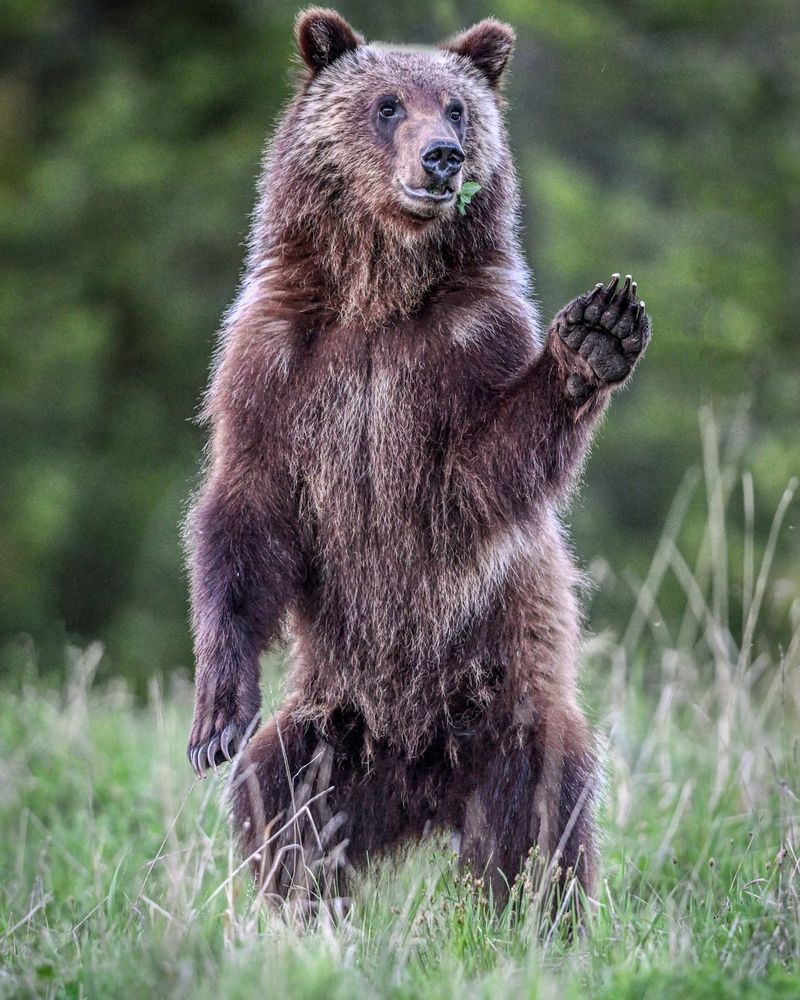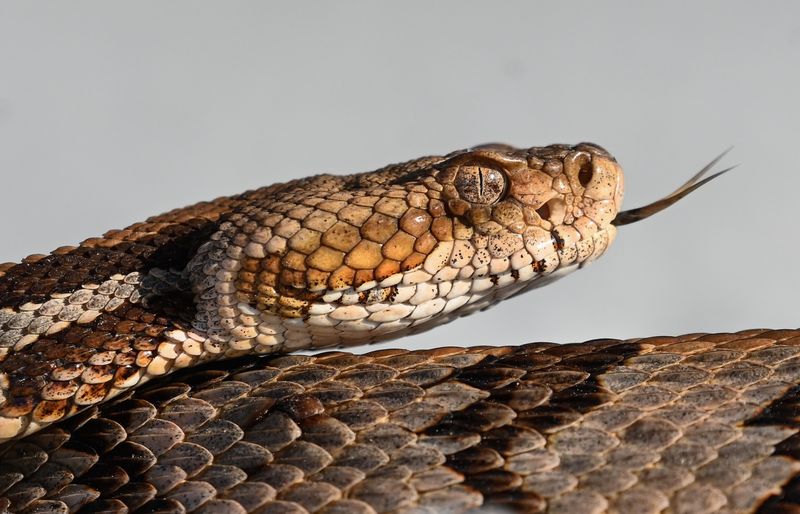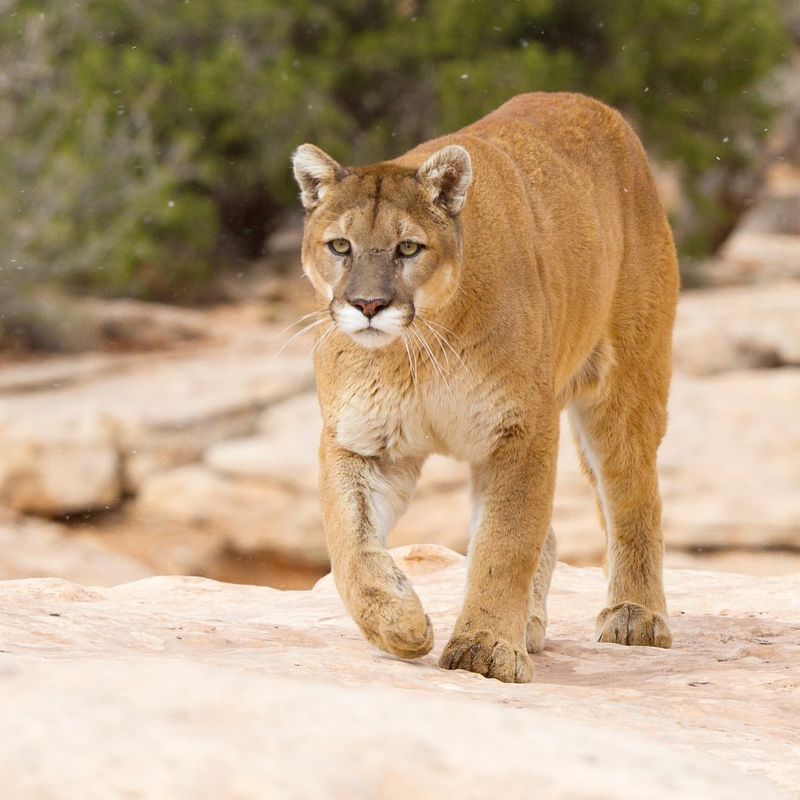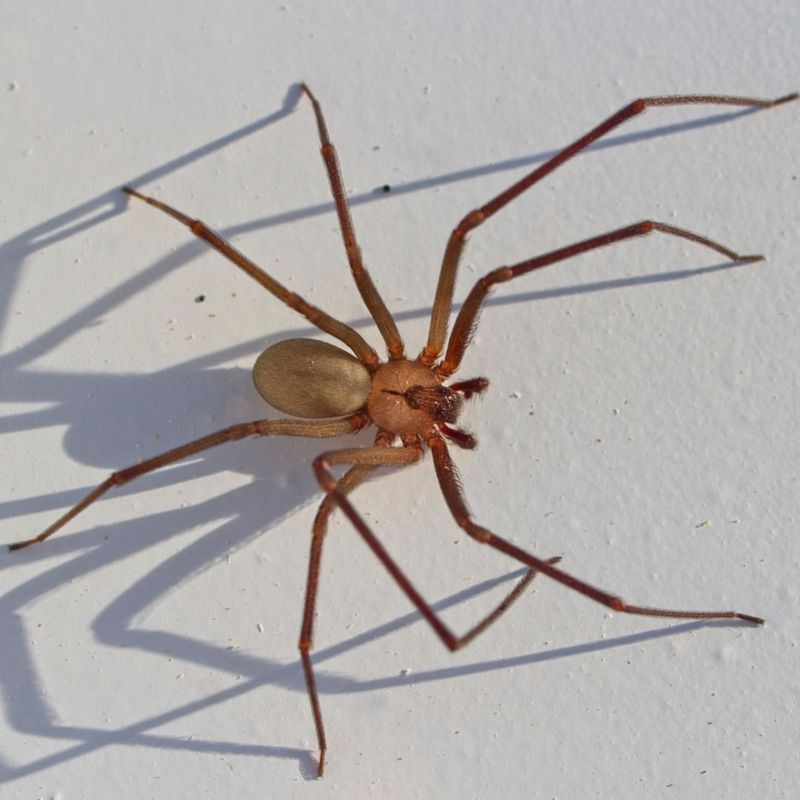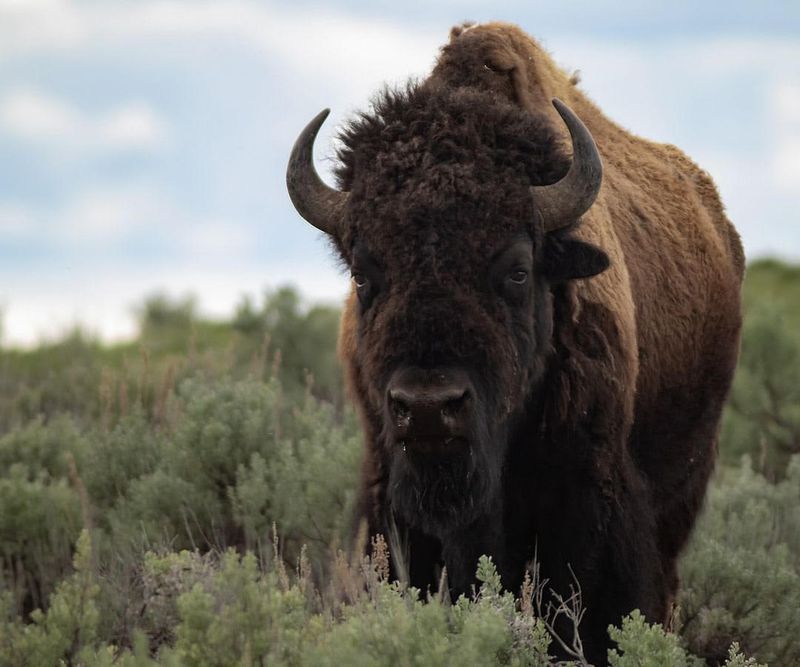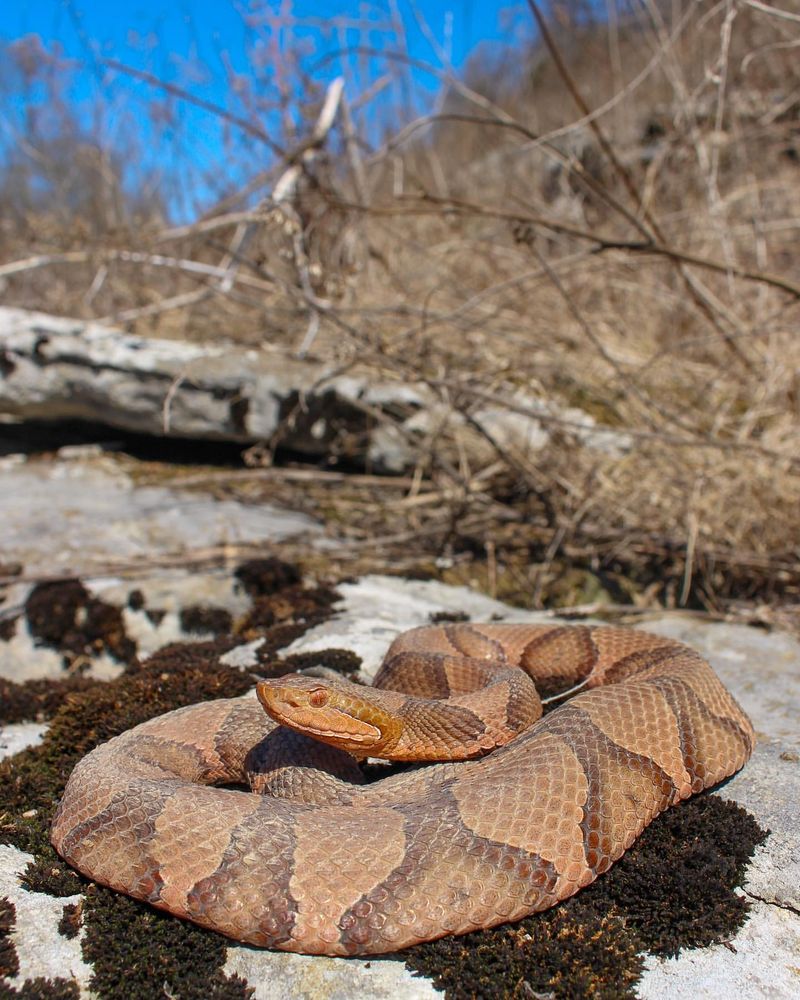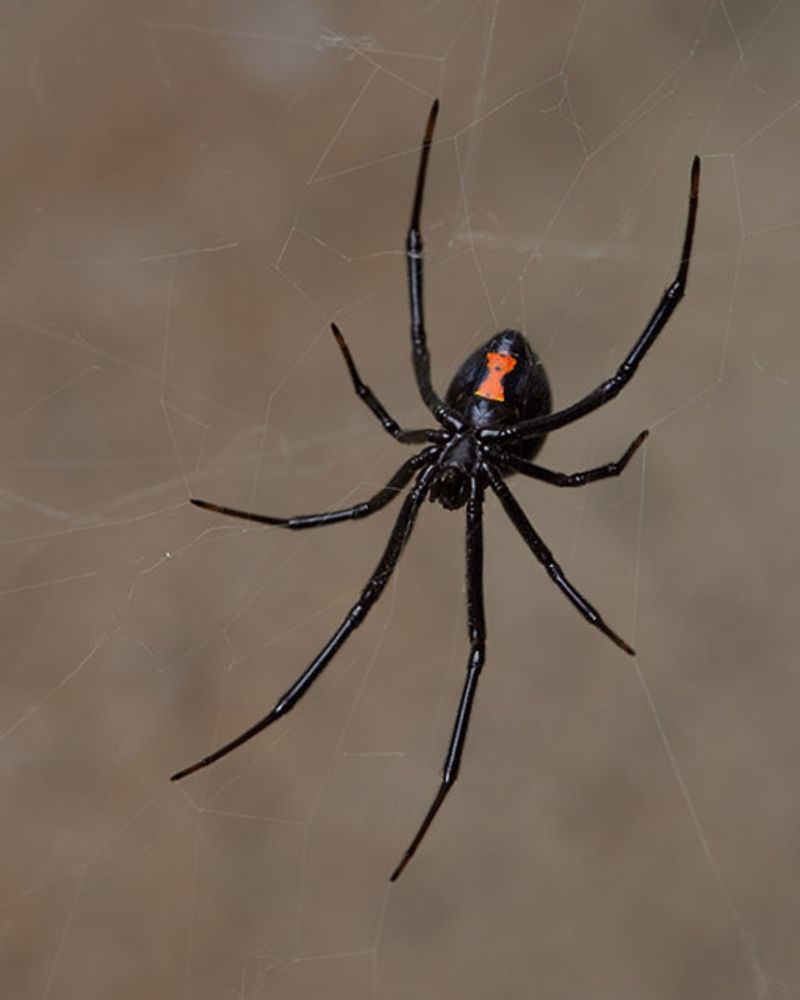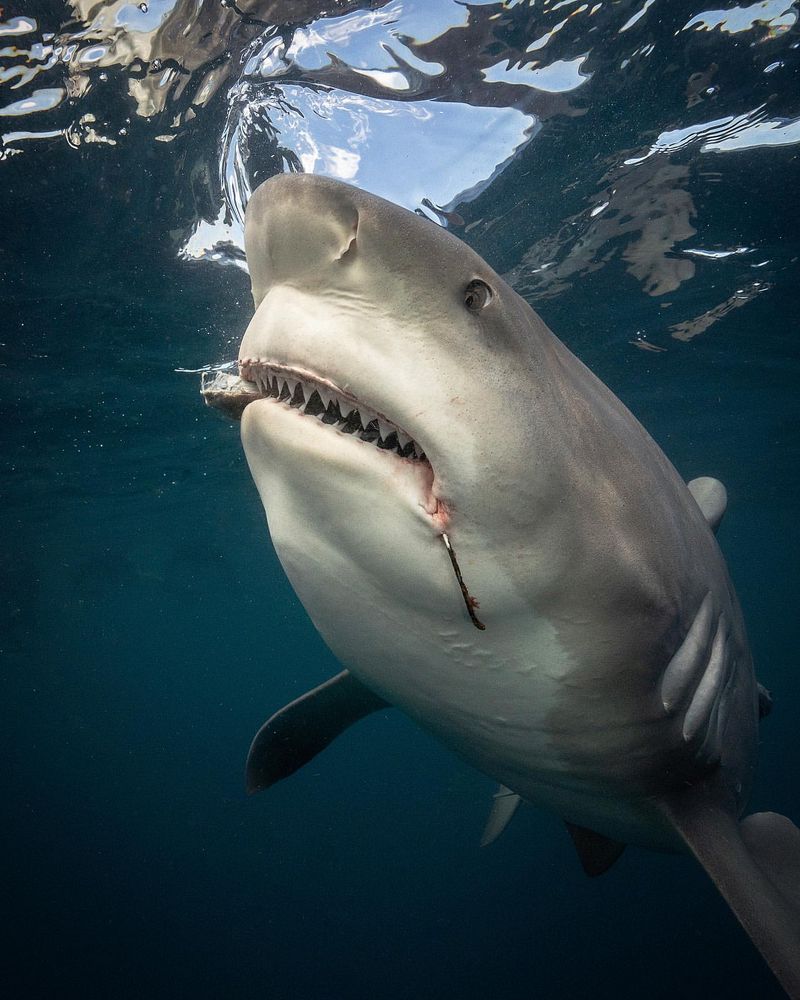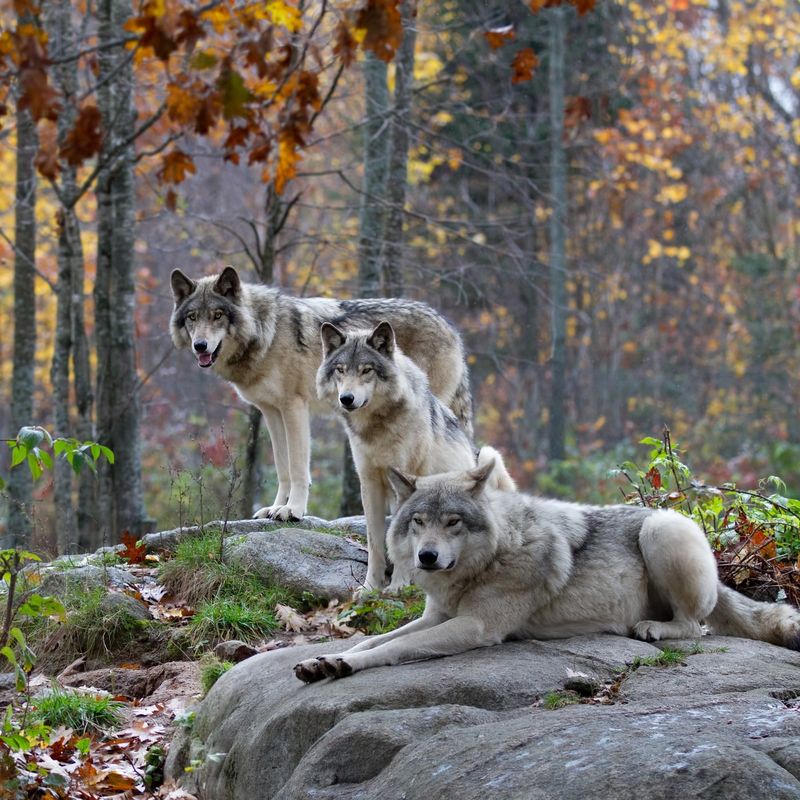📖 Table of Content:
America hosts an array of creatures that inspire awe and fear alike. From the murky swamps of Florida to the dense forests of the Pacific Northwest, these animals embody nature’s untamed power. Their presence serves as a stark reminder of the delicate balance between humans and the wild.
Among the most fearsome are creatures equipped with sharp claws, venomous bites, or sheer brute strength. Some, like alligators and bears, are well-known symbols of danger, while others, such as venomous snakes and stealthy mountain lions, are silent but equally deadly threats. Each animal has adapted to its environment in ways that make encounters both fascinating and perilous.
Understanding these creatures helps foster respect for their role in America’s ecosystems. They are not only a testament to the country’s biodiversity but also a challenge for those who venture into their habitats. Whether prowling the forest floor or lurking in the water, these animals remind us to tread carefully and appreciate the wilderness responsibly.
1. American Alligator
The American alligator is a formidable presence in the swamps of the southeastern United States, particularly in Florida. With its powerful jaws and armored body, it is an apex predator that commands respect. Alligators can reach lengths of up to 15 feet, and their stealthy nature makes them effective hunters.
While generally wary of humans, they can be dangerous if provoked or if they feel their territory is threatened. Swimming in alligator-infested waters is not recommended.
These reptiles play a crucial role in their ecosystem, but caution is advised when in their habitats.
2. Grizzly Bear
A symbol of the North American wilderness, the grizzly bear resides primarily in Alaska, Wyoming, and Montana. Known for their immense size and strength, these bears can weigh up to 800 pounds. They are omnivorous, feeding on anything from berries to large mammals.
Grizzlies are generally solitary animals but can become aggressive if they feel threatened, especially when protecting their cubs. It is crucial to maintain a safe distance if encountered.
Their presence in the wild is awe-inspiring, yet a reminder of nature’s raw power.
3. Rattlesnake
Across the United States, particularly in the arid landscapes of the Southwest, rattlesnakes thrive in abundance. Distinguished by their iconic rattle, they use this sound as a warning to ward off potential threats. A bite from these venomous creatures can result in intense pain and demands prompt medical care.
Rattlesnakes are generally not aggressive and will avoid confrontation if possible. However, they can strike if provoked or accidentally stepped on.
Hiking in their territory requires vigilance and awareness, as their camouflage can make them difficult to spot.
4. Mountain Lion
Also known as cougars, mountain lions are elusive predators found throughout the Americas, from Canada to the southern Andes. They are solitary animals, known for their agility and strength, capable of taking down prey much larger than themselves.
Although attacks on humans are rare, they can occur, particularly in areas where their natural habitat overlaps with human development. It’s advised to travel in groups and make noise to avoid surprising them.
These majestic creatures symbolize the untamed wilderness of the American landscape.
5. Brown Recluse Spider
Notorious for its venomous bite, the brown recluse spider is capable of causing severe skin damage and systemic symptoms. Commonly found in the central and southern United States, this spider favors dark, quiet spaces like basements and attics.
Despite its fearsome reputation, the brown recluse is not aggressive and bites usually occur when it is accidentally disturbed. Wearing gloves when handling items in storage can help prevent bites.
These spiders are a reminder of the sometimes hidden dangers lurking in our everyday environments.
6. American Bison
A powerful symbol of the Great Plains, the American bison is renowned for its immense size and shaggy coat. Bulls, weighing over 2,000 pounds, can charge with astonishing speed, reaching up to 35 mph.
While generally peaceful grazers, bison can become aggressive if threatened or approached too closely. Tourists in national parks are advised to maintain a safe distance.
The bison’s resilience and strength are reminders of the vast, wild landscapes that once dominated much of North America.
7. Copperhead Snake
Venomous pit vipers native to the eastern United States, copperhead snakes are frequently found in wooded or rocky habitats. Their distinctive copper-colored heads and hourglass-patterned bodies blend seamlessly with the forest floor, offering exceptional camouflage.
Though not typically aggressive, they will strike if threatened or stepped on. Their venom is potent but rarely fatal, though it can cause severe pain and tissue damage.
Awareness of your surroundings while hiking is crucial to avoid encounters with these elusive reptiles.
8. Black Widow Spider
Easily identified by its glossy black body and distinctive red hourglass marking, the black widow spider is a common inhabitant across North America. It seeks out dark, sheltered spots like garages or sheds to spin its webs.
Its venom is potent, causing muscle pain and spasms, but bites are rarely fatal due to effective medical treatments. Black widows are not aggressive and bite only in self-defense.
Regular cleaning and caution when reaching into dark areas can help prevent unwanted encounters with this infamous arachnid.
9. Bull Shark
Formidable predators with an aggressive reputation, bull sharks are uniquely adaptable, thriving in both freshwater and saltwater environments. These sharks often inhabit warm, shallow coastal waters, particularly along the Gulf of Mexico.
Unlike most sharks, bull sharks can swim far upriver, making them a potential threat in freshwater areas. They are opportunistic feeders, with a diet that includes fish, dolphins, and even other sharks.
Swimming in areas known for bull Shark activity requires caution, as their curiosity can sometimes lead to encounters with humans.
10. Timber Wolf
Timber wolves, also known as gray wolves, are iconic predators of the American wilderness, found in remote forested areas and national parks. They are pack animals, known for their social structure and cooperative hunting strategies.
While wolves generally avoid humans, they are powerful predators capable of taking down large prey. Encounters with wolves are rare, but maintaining a respectful distance is advisable.
Their haunting howls and majestic presence embody the spirit of untamed nature that still exists in parts of America.
